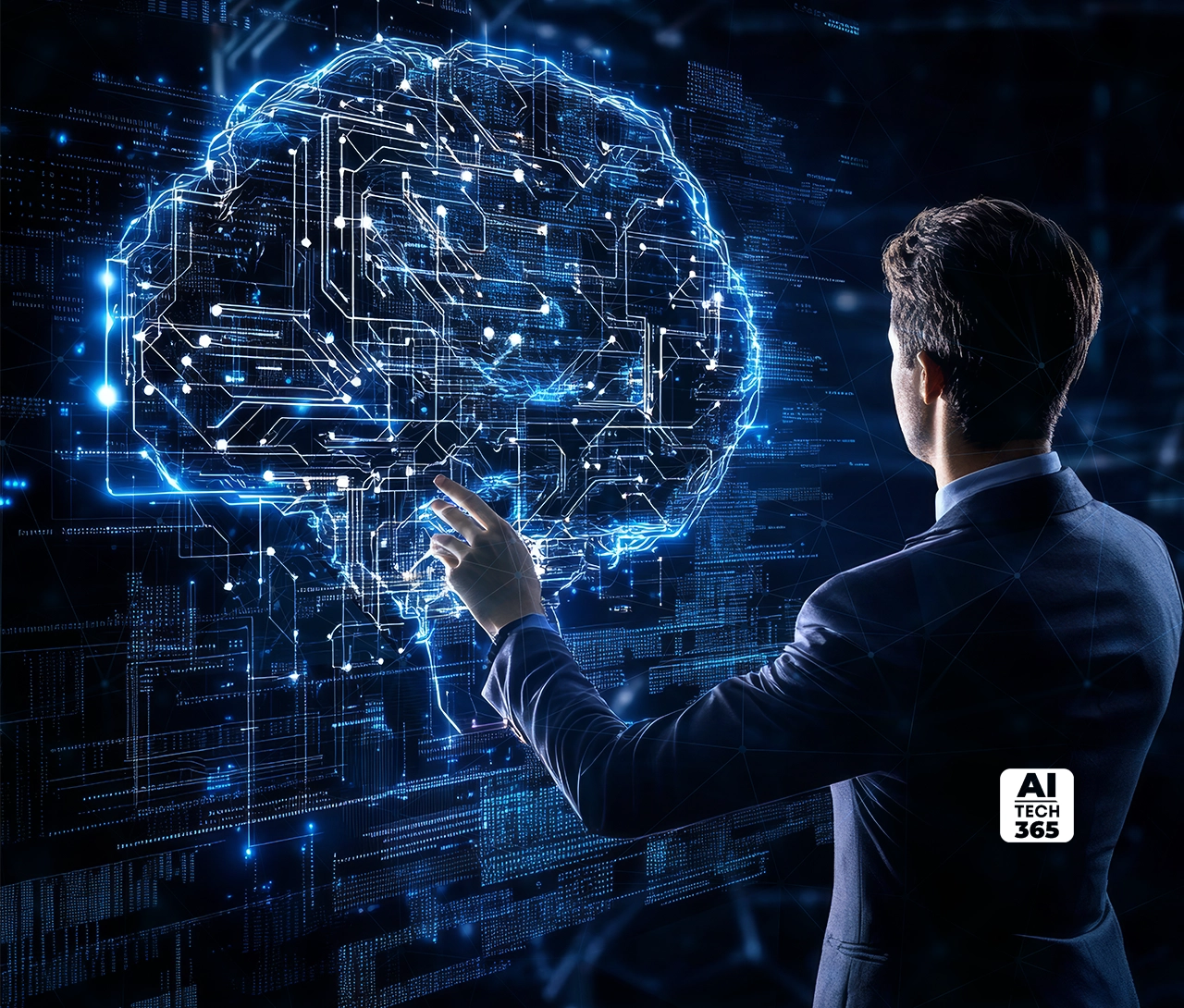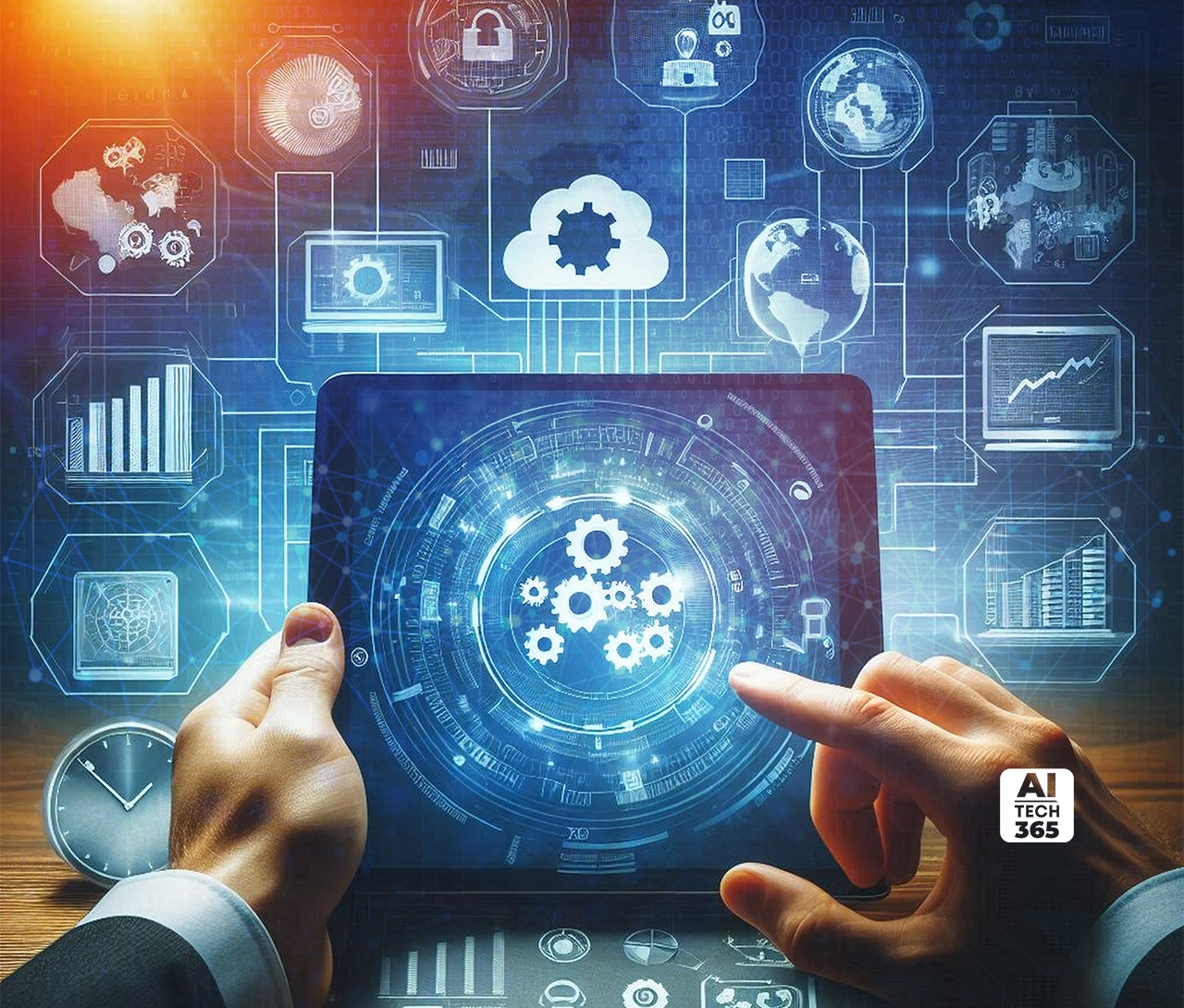Generative AI has moved fast and it is not just a novelty anymore, it is becoming something companies depend on because what started as simple chatbots and image generators that could do one thing at a time is now turning into technology that can actually run parts of a business on its own, and in the Model Era, everything was about single-turn questions and responses where the model could only answer what you asked and then forget it, and it could not plan, remember, or take real action on its own, so even though it was useful it could only do so much.
Now we are seeing the shift to generative AI agents, systems that can think about a goal, plan the steps, act, learn from what happened, and keep working toward that goal without being told what to do every step, and this is changing how companies handle content, sales, and customer experience, and in this article we will go through how we got from simple models to these agents, what makes them work, how they impact enterprises, and the challenges of managing them as they become central to automation in the business world.
The Model Era vs. The Agentic Leap
Large Language Models or LLMs are the powerhouse behind today’s AI, excelling at generating text, code, and images. Yet, they are fundamentally limited. They operate in a stateless environment, meaning they do not retain memory, plan actions, or connect directly to tools. Each prompt is handled in isolation, which makes them impressive for individual tasks but insufficient for complex, multi-step goals. OpenAI’s GPT-5, released as the smartest and fastest model yet, highlights this evolution. It demonstrates deeper reasoning and better multi-step problem solving. However, even this model needs a framework to act autonomously.
This is where AI agents enter the scene. Built around LLMs, generative AI agents are systems that can reason, plan, act, and reflect to achieve defined objectives with minimal human intervention. Unlike traditional models, agents remember what’s important for the task at hand and can learn from past actions to do better next time. They also connect with other systems and tools, allowing them to actually carry out tasks instead of just producing answers. In simple terms, while models can think and generate, agents take that thinking and turn it into real results, closing the gap between instructions and action.
The Core Architecture of Agency
Generative AI agents are not just machines that give answers, they actually do things, they can reach into a company database, check a CRM, run some code, or pull in information from documents or live data and then use it to make decisions that matter, and because of this they are not stuck only with what the main model knows, they can use the outside information to handle tasks in ways that models alone could never do.
They work in a loop, they take a big problem and split it into smaller pieces, do one thing at a time, check if it worked, and if it did not they try again, adjust, and move forward, and they keep doing this over and over, planning what to do, acting, and reflecting on what happened before, learning as they go without anyone telling them what to do step by step, and this makes them able to handle complicated tasks that would confuse a static model.
The most advanced generative AI agents do not work by themselves, they work together in groups, each one taking a part of the work, like one agent does research, another looks at finances, another makes a presentation, and they share what they find with each other so that they all know what is going on and the task moves forward, this way even very big tasks can get done because the agents coordinate like people in a team, each one doing their part but keeping the big goal in mind.
When you put all this together, the tools they can use, the loop of planning and checking and acting, and the way they work with other agents, you get a system that does real work, generative AI agents do not just produce information they actually solve problems, make decisions, and get things done in ways that models alone could never achieve.
Also Read: The Next Wave: AI Agents and the Future of Workflows
Autonomous Impact on the Enterprise
Generative AI agents are changing how work gets done in companies and how customers experience service because now instead of having the old chatbots that only answer one question at a time you have agents that can look at a bunch of systems together like the CRM, the inventory system, and the billing system and figure out what the customer needs and take the steps on their own, for example they can process a return, schedule a service, and issue a refund without anyone walking them through each step, and Salesforce has launched Agentforce 360 to make this happen and already thousands of customers are using it, and one of them, Reddit, saw almost half of their support cases, 46 percent, handled automatically and the time to resolve those cases went down from about nine minutes to just over a minute which is a huge difference and shows how much faster things can move when the agent is doing the work.
Content creation is also changing because instead of just generating one blog post at a time you can have a Content Strategy Agent that watches what is happening on the web, looks at SEO data, puts together a content brief, writes the draft, and then even publishes it through the CMS, and it keeps the brand voice intact across all channels so companies can run marketing at a scale that would be impossible without huge teams and still make sure everything sounds right and consistent everywhere.
Sales and revenue operations are seeing the same thing where agents can research prospects, read reports, draft emails that are personalized and make sense in context, and then schedule them in the CRM for human review, and Microsoft says that 230,000 organizations are already using Copilot Studio to make and customize these kinds of agents, and in one case at Wells Fargo the agent helps 35,000 bankers by giving instant access to 1,700 procedures so instead of taking ten minutes to find something it takes thirty seconds which frees people up to focus on more important things instead of repetitive searching.
When you put all of this together you can see that generative AI agents are not just helpers, they are actually doing work, solving problems, making decisions, and moving things forward in ways that humans alone could not keep up with, they touch customer service, content, and sales and they do it consistently and reliably, and companies are starting to see the real difference in time saved, effort freed, and results improved, and more and more enterprises are deploying these agents in multiple places to handle work that used to take a lot more time and people.
Navigating the Challenges and Future Trajectory
AI agents are powerful but they can also cause problems if companies are not careful because these agents do not follow the old strict workflows and they can act on their own and make decisions that people did not plan for which is why it is really important to have ways to track what they are doing and to see why they made certain choices and to make sure that humans are involved to check their work or guide them when something looks off because without that you can end up in trouble really fast.
There are also ethical and safety issues because the agents can adapt and pick their own tools and do things on their own and if they go in the wrong direction it can cause mistakes or even bigger problems and companies have to make sure that the agents always follow human rules and values and that no one can trick them with bad instructions or make them do things they are not supposed to do so that everything stays safe and under control and everyone can trust the results they give.
At the same time the point is not to replace people but to make them better at their jobs and generative AI agents can take care of boring repetitive tasks, gather all the information they need, and suggest what to do next while humans can focus on making big decisions, thinking about strategy, and planning for the future and as people and agents work together more the agents will handle the details and the humans will handle the oversight and the bigger picture and this way the team can work faster and smarter without losing control or accountability and that is where the real advantage comes from because it is a partnership not a replacement.
The Dawn of Truly Autonomous Platforms
Looking at everything together it is clear how far things have come because we started with models that could only give answers one at a time and now we have generative AI agents that can actually take charge of tasks, make decisions, talk to different systems, remember what they did, and work toward a goal without someone telling them every step and they can handle really complicated workflows in a company and do things that used to take a lot of people a lot of time.
This change is not small and it is not slow and it is not just about doing things faster, it is about creating a whole new way for companies to operate where agents take care of repetitive work, make sure nothing falls through the cracks, and free humans to focus on the strategy, the planning, and the big picture thinking, and because of this enterprises need to start moving quickly to update their platforms, their processes, and even how they oversee and govern these agents so that everything stays safe, accountable, and effective, and the companies that figure this out first will get the most out of this next wave of automation because agentic AI is going to be at the center of how work gets done from here on and it is going to change the way businesses, people, and technology all work together.


